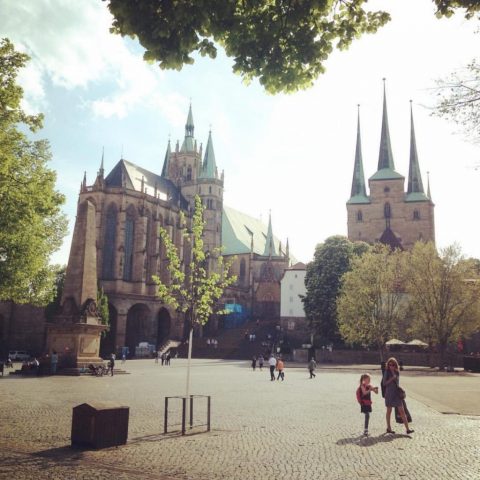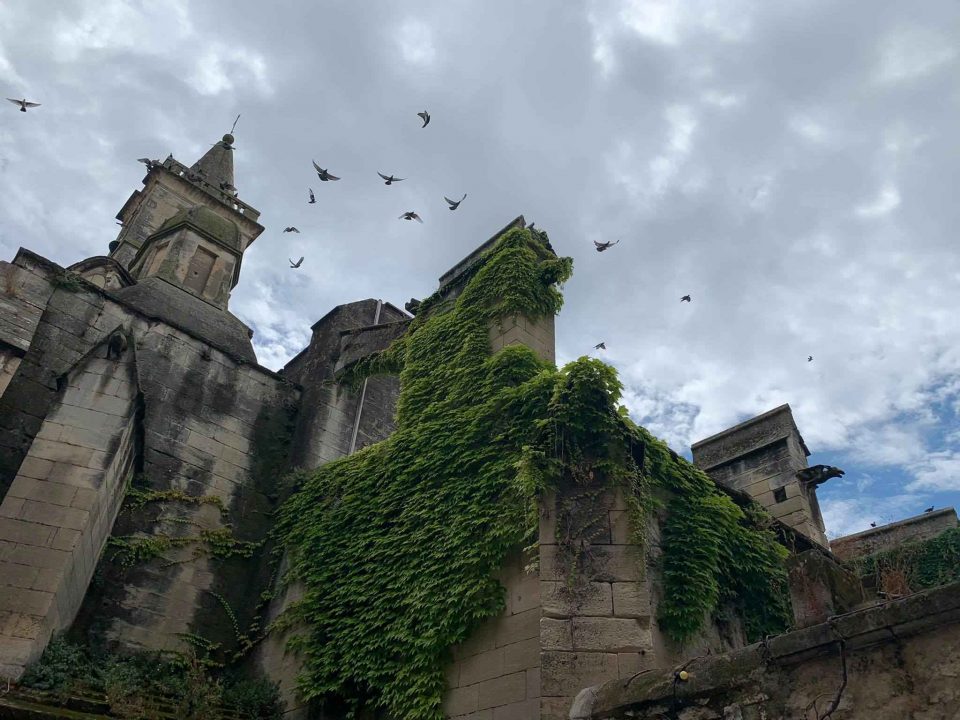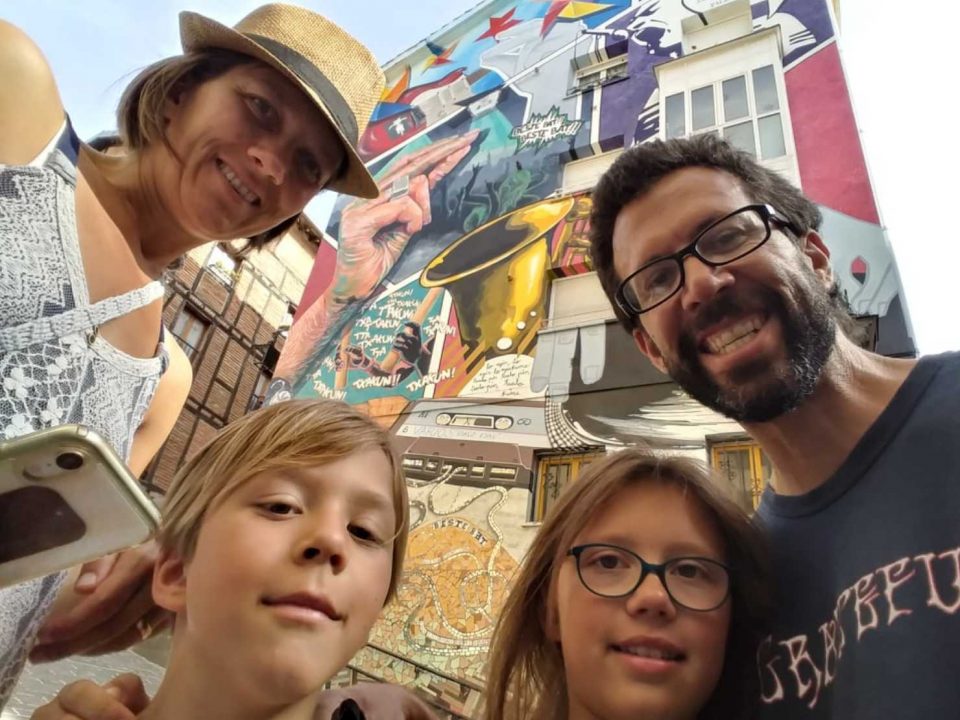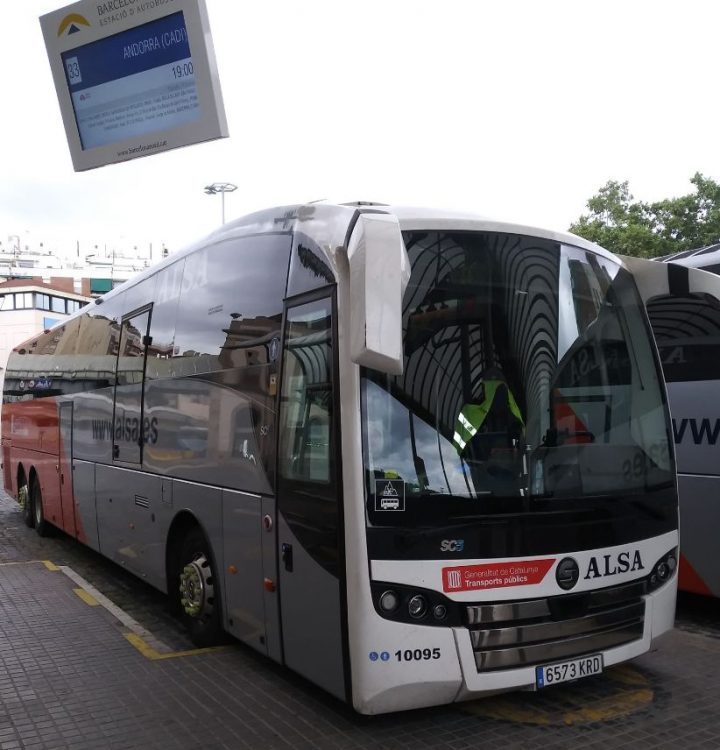
The Future of Education: Location Independent Schooling
March 20, 2019
The Esoteric Tourist takes Toulouse
April 1, 2019Seeking and finding in the cobbled alleys of Erfurt, Germany
If you’d like to be an opera singer, you need to learn Italian. If you want to learn gourmet cooking, it might help to speak French. And if you want to study philosophy, theology and metaphysics, it would be useful to know some German. There’s no doubt, these fields of study were dominated by Germans for a good solid three or four centuries, from Luther to Leibniz, Hegel to Heidegger, Schopenhauer to Schleiermacher.
I recently spent a week in the central German city of Erfurt, where Martin Luther enjoys the status of a superhero, and you can’t throw a stone without hitting a church. I can attest this second fact from personal experience, as I toured the city with my two feisty youngsters.
Over the course of our ongoing walking tours of the east German city, I spent an inordinate amount of time trying to track down one particular house of worship known as the Predigerkirche, or the preacher’s church. For days, I circumambulated the historic Altstadt, longing to locate this semi-obscure monument, the Eckhart Door.
Long before Luther, the region’s best known church father was a country preacher by the name of Meister Eckhart (1260-1327). Or at least that’s the name by which we remember him some 700 years later. Eckhart’s reputation waxed and waned over the centuries, but around the turn of the 20th century, he enjoyed something of a revival, and today we recognize him as one of the premier religious mystics of the western tradition, alongside the likes of St. Teresa of Avila and St. John of the Cross. You might think of him as the Christian version of Rumi.
Among the countless statues and historic monuments in Germany however, there is hardly a mention of this 13th century sage. So when I discovered that there was a Meister Eckhart door on the Predigerkirche, I headed straight over. Or at least I tried to head straight over.
Erfurt’s old city center, like any other European city center, consists of a tight network of short, narrow and circuitous alleys and passages. So it’s nigh impossible to move anywhere in a straight line. But move and meander I did, strolling past church after church. I worked my way around the Luther church, admired the partial remains of the Barefoot church, noted the unusually sparse architecture of a certain evangelical church, but the Eckhart door still eluded me.
After a couple days of this mild frustration, I was forced to consult my maze-like map in excruciating detail. Gradually I honed my search, until finally I zeroed in on the neatly concealed Predigerkirche. With both my children in tow, I began to circle the sprawling structure. Approaching from the back of the church, we made our way through the cloister and found ourselves in the courtyard of the seminary school. Stone walls and irons gates partitioned the chapel and the divinity school, but no sign of a door with any allusion to the illustrious medieval mystic.
Finally, on the opposite side, we found the main entrance to the church. But still no mention of the Meister. We looked to the left, we looked to the right, we looked up, we looked inside, but only the narrow foyer was open to visitors. The children were growing restless. I stood at the door and doubted the entire undertaking. Perhaps we should simply cut our losses and find ourselves some fresh baked pretzels instead. Always delicious, never elusive.
Then we rounded the other side, and lo and behold, the last possible door of the church, the absolute furthest corner from where our circumnavigation began: we had arrived. No fanfare, no throngs of foreign tourists waiting to take a picture, just me and my two kids, and a very heavy door engraved with a bible verse and the dates of Meister Eckhart’s lifespan.
My daughter was so relieved. “Ok, let’s go in already,” she groaned.
“Oh, no,” I said. “It’s just a door. We can’t open it. The church is locked. It’s just a door.”
She was incredulous. I tried to point out the nice big bronze letters on the door. She was not impressed. And so we headed back, slightly fulfilled, slightly disappointed, and mostly just relieved that we could stop searching and get on with our lives.

But later that day we passed a tourist information office, and I found a very small booklet about Eckhart, with a cover photo of the Bodendenkmal, the floor monument. Really? Was there yet another Eckhart monument to go and find?
As it turns out, a newer and even more meaningful memorial to Meister Eckhart covers the ground at the front door of the Predigerkirche. I had just stood on that exact spot, looking left and right of the church and upwards towards the steeple. I’d looked everywhere but down. Had I not been so obsessed with that door, I might have easily noticed the words of Meister Eckhart himself, etched into the very floor, right below my feet.
While the door includes a verse from the book of John, the floor memorial features seven distinct quotes from Eckhart, who for several years had delivered weekly sermons to his congregation in Erfurt. On one of those floor plaques reads the memorable message, “Man kann Gott nicht besser finden als dort, wo man ihn lässt”, which I would translate as: “Nowhere can you better discover God than where you let Him go.”
I can hardly think of a better phrase to sum up the lesson I learned in my long and winding quest to locate that glorious door. Sometimes the greatest discoveries are waiting right at our finger tips, if only we can let go of our tenacious attachment to the search.
For more entertaining stories from the esoteric tourist, check out the following articles.





